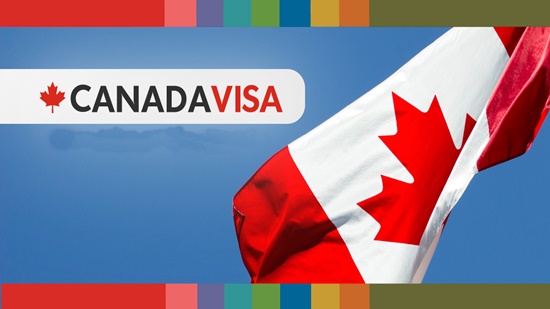JSS2 Third Term Social Studies Past Questions And Answers
20 JSS2 Third Term Social Studies questions with options and answers:
Question: Who is the current Secretary-General of the African Union (AU)?
A) Nelson Mandela
B) Ellen Johnson Sirleaf
C) Moussa Faki Mahamat
D) Haile Selassie
Answer: C) Moussa Faki Mahamat
Question: What is the primary role of the United Nations Security Council?
A) Environmental protection
B) Humanitarian aid
C) Maintenance of international peace and security
D) Space exploration
Answer: C) Maintenance of international peace and security
Question: Which of the following is a renewable resource?
A) Fossil fuels
B) Minerals
C) Wind energy
D) Precious stones
Answer: C) Wind energy
Question: In which continent is the Sahara Desert located?
A) Asia
B) Africa
C) South America
D) Australia
Answer: B) Africa
Question: Who is known as the “Father of Medicine”?
A) Hippocrates
B) Avicenna
C) Galen
D) Louis Pasteur
Answer: A) Hippocrates
Question: Which of the following is a renewable source of freshwater?
A) Ocean
B) Lake
C) Sea
D) Glacier
Answer: B) Lake
Question: What is the main function of the International Labor Organization (ILO)?
A) Space exploration
B) Environmental conservation
C) Promotion of labor rights and decent work
D) Cultural exchange
Answer: C) Promotion of labor rights and decent work
Question: Which planet is known as the “Blue Planet”?
A) Mars
B) Earth
C) Neptune
D) Uranus
Answer: B) Earth
Question: What is the primary purpose of the World Bank?
A) Environmental protection
B) Space exploration
C) Economic development and poverty reduction
D) Cultural exchange
Answer: C) Economic development and poverty reduction
Question: In which year did the Universal Declaration of Human Rights (UDHR) come into existence?
A) 1945
B) 1950
C) 1948
D) 1960
Answer: C) 1948
Question: Who is credited with the invention of the World Wide Web?
A) Bill Gates
B) Tim Berners-Lee
C) Steve Jobs
D) Mark Zuckerberg
Answer: B) Tim Berners-Lee
Question: Which international organization focuses on the regulation of telecommunications?
A) United Nations Educational, Scientific and Cultural Organization (UNESCO)
B) International Telecommunication Union (ITU)
C) World Health Organization (WHO)
D) International Monetary Fund (IMF)
Answer: B) International Telecommunication Union (ITU)
Question: Who is considered the “Lady with the Lamp” for her contributions to nursing?
A) Clara Barton
B) Florence Nightingale
C) Mary Seacole
D) Mother Teresa
Answer: B) Florence Nightingale
Question: Which of the following is an example of a mixed economy?
A) Capitalist economy
B) Socialist economy
C) Command economy
D) Market economy
Answer: A) Capitalist economy
Question: What is the primary function of the International Criminal Court (ICC)?
A) Space exploration
B) Economic cooperation
C) Prosecution of individuals for war crimes and crimes against humanity
D) Cultural exchange
Answer: C) Prosecution of individuals for war crimes and crimes against humanity
Question: Which of the following is a major component of the Earth’s atmosphere?
A) Methane
B) Nitrogen
C) Hydrogen
D) Ozone
Answer: B) Nitrogen
Question: What is the main function of the Food and Agriculture Organization (FAO)?
A) Space exploration
B) Environmental protection
C) International cooperation in agriculture and food security
D) Cultural exchange
Answer: C) International cooperation in agriculture and food security
Question: Who wrote the famous play “Romeo and Juliet”?
A) William Shakespeare
B) Jane Austen
C) Charles Dickens
D) Leo Tolstoy
Answer: A) William Shakespeare
Question: What is the primary objective of the United Nations Framework Convention on Climate Change (UNFCCC)?
A) Space exploration
B) Promotion of nuclear energy
C) Stabilization of greenhouse gas concentrations in the atmosphere
D) Cultural exchange
Answer: C) Stabilization of greenhouse gas concentrations in the atmosphere
Question: Which of the following is an example of cultural diversity?
A) Uniformity of language
B) Homogeneous customs and traditions
C) Variations in beliefs, practices, and customs among different groups
D) Standardization of cultural norms
Answer: C) Variations in beliefs, practices, and customs among different groups.




